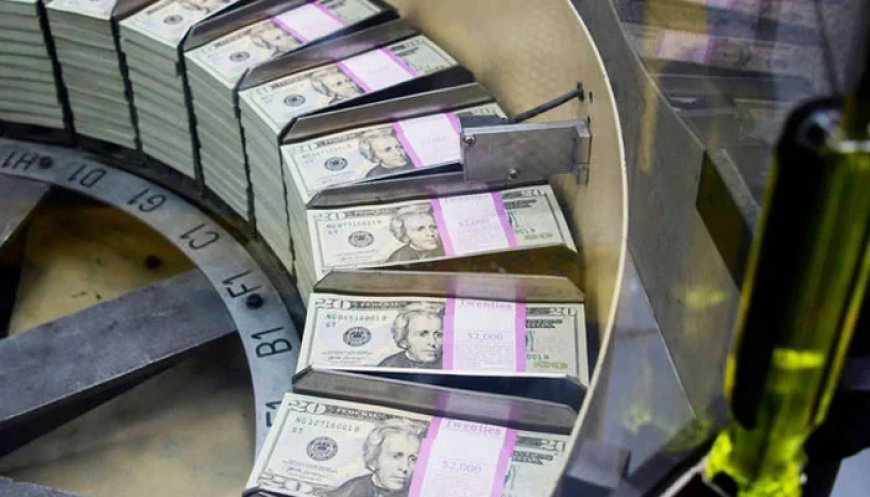Pakistan’s trade deficit swells to $2.44bn in December

1. Rise in deficit was largely driven by sharp increase in imports, which reached 27-month high
ISLAMABAD: Pakistan’s merchandise trade deficit expanded to $2.44 billion in December 2024, marking a 35% year-on-year (YoY) increase and reaching its highest level since April, according to data released by the Pakistan Bureau of Statistics (PBS) on Wednesday.
The surge in the deficit was driven by a significant rise in imports, which hit a 27-month high.
Exports for December amounted to $2.84 billion, reflecting a slight 0.67% YoY increase, while imports surged to $5.285 billion, recording a 14% YoY rise. Month-on-month (MoM), the trade deficit increased by 47% compared to November’s $1.667 billion, as imports grew 17.4% while exports remained nearly stagnant with a marginal 0.28% rise.
Exports edged up from $2.833 billion in November 2024 to $2.841 billion in December, showing limited growth due to subdued global demand for key export items like textiles. On the other hand, imports soared, driven by rising demand for essential commodities and raw materials, with December’s $5.285 billion import figure being the highest since September 2022.
For the first half of fiscal year 2024-25 (July-December), the trade deficit reached $11.17 billion, a modest 0.18% YoY increase compared to the same period last year. Exports during this period grew 11% to $16.56 billion, while imports rose 6.1% to $27.7 billion.
While the half-year trade figures suggest some stability, December’s sharp increase in imports threatens this balance. “The rising import trajectory is worrisome, especially with sluggish export growth,” cautioned a senior economist.
The widening trade deficit presents a significant challenge for Pakistan’s policymakers, already contending with multiple economic pressures.
Experts recommend targeted measures to boost exports, including diversifying export products and exploring new markets. “Without a strategic approach to enhance export competitiveness, the trade imbalance will continue to strain the economy,” said an industry analyst.
Policymakers face the dual challenge of sustaining essential imports while curbing the trade deficit, which remains a key factor in external account vulnerabilities.
Services Trade Overview
The PBS also reported improvements in the trade of services for July-November of the fiscal year. The services sector—encompassing IT, financial services, and professional consultancy—shows significant potential for growth in global markets.
During the first five months of FY2024-25 (July-November), Pakistan’s services trade deficit narrowed to $1.15 billion, an 8.5% YoY reduction compared to the $1.257 billion deficit in the same period last year.
Services exports during this period increased by 7.6% to $3.27 billion, up from $3.04 billion in the previous fiscal year. Meanwhile, services imports rose 2.9% to $4.425 billion, compared to $4.3 billion last year.
In November 2024, the services trade deficit dropped significantly to $152.9 million, a 42.4% MoM decline from October’s $265.4 million. The decrease was driven by a 13.1% MoM drop in services imports, which stood at $828.6 million in November, down from $953 million in October.
On the export side, November’s services exports saw a slight 1.76% dip to $675.7 million from $687.8 million in October. However, YoY, November exports rose 6.5% from $634.4 million in November 2023, indicating positive growth in the services sector.
Despite a 4.6% YoY increase in services imports for November 2024, rising to $828.6 million from $792 million in November 2023, the concurrent export growth highlights improving efficiency in the sector.
“The steady improvement in services exports is encouraging, but strategic investments are needed to further expand this sector,” noted a senior trade analyst.
Expanding the services sector remains critical to diversifying Pakistan’s economy and reducing dependence on traditional goods exports.


















































